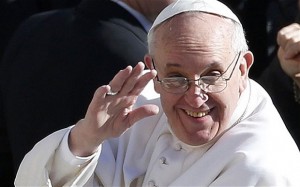This article in the Catholic Sentinel detail plans to attack and protect Holy Redeemer in Portland, Or.
Stunned that there was no plan, Markgraf alerted fellow parishioners to call City Hall to ask for a strategy to protect the Piedmont neighborhood, including Holy Redeemer. More than 100 people dialed in.
Initially, the parish planned to hold a prayer vigil on July 1 in the church with some parishioners present on the church front porch to provide a peaceful presence. However, the archdiocese in consultation with city officials strongly advised against that plan. Portland police and private security concurred because of the high risk of harm to persons and property.
Simultaneously, the parish alerted television and print media, a tactic that police praised, saying it dampened attendance at the nighttime rally.
“These people don’t like to be seen,” Markgraf said. “They like to go in the dark, with their faces covered.”
In the park on the night of July 1, where about 60 anarchists had gathered, one friend of Holy Redeemer was present and heard talk of attacking Holy Redeemer.
“I felt like I was in the movie ‘High Noon’ with Gary Cooper,” said Markgraf, who stayed in the church during the night. “Would anyone come in to help us?”
On their way out of the park, anarchists smashed the windows of a closed coffee shop and headed toward the church. Then the police responded, with what Father Belinsky called “appropriate presence and force.”





